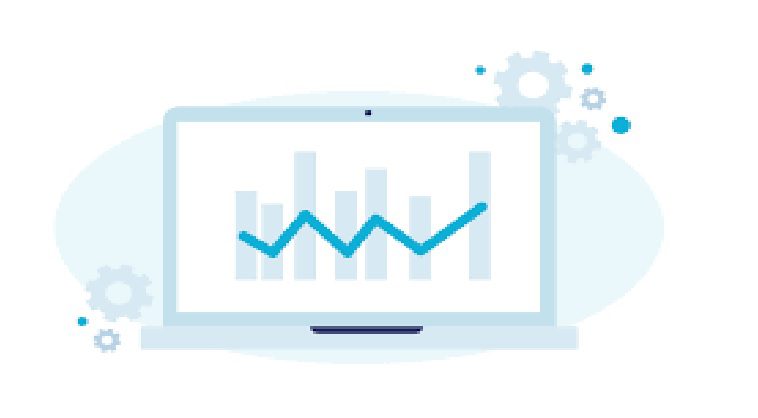TIPS TO MANAGE YOUR FACILITY UNIT WITH ZERO DOWNTIME

To run any facility unit, businesses require different levels of periodic intervention to run the daily operations optimally. This itself is a challenging task, while some problems can be solved with a simple intervention, others require enhanced strategies and involvement of multiple parties for complex solutions.
Thus, to efficiently manage the facilities and all the assets working within the system, we need more than human expertise. The need of the hour is to employ the power of technology in maintenance department. The most reliable and powerful software that has grabbed the attention of most international businesses is the CMMS.
What is a CMMS?
A CMMS or the Computerised Maintenance Management System is a software solution that consolidates all the maintenance data and information. This includes data related to processes, assets, inventory, and purchases. The most crucial role of the software is to automate processes to improve efficiency.
Computerized maintenance management system software optimizes the usage, accessibility, and lifeline of equipment, machinery, fleets, set-ups, and every other asset working within the business periphery.
Can CMMS replace manpower?
A lot of debate has happened with regards to replacing humans with machines. Frankly speaking, this is not possible. CMMS cannot replace manpower, but it can augment the current practices and enhance the overall labour productivity.
The software empowers team managers to smoothly operate their day to day activities and integrate various processes and centralise them. Further, it allows the management to create future predictions, work order completions reports, compliance policies, asset audits, or other key performance indicators.
How to improve the maintenance department?
To improve your maintenance activities, the managers depend on CMMS. A CMMS is a storehouse of data and information that can help managers to operate an assortment of functions across different processes. From enhancing the visibility into the inventory status to managing supplies, CMMS performs the various role. Let’s look at some of them.
- Optimum usage of Resources and Labour
- Enhancing the overall asset lifecycle
- Streamlining and prioritizing Work orders
- Implementation of Preventive maintenance from the traditional reactive maintenance
- Provider greater visibility on materials and inventory
- Effective tracking and implementation of Audits and compliances
- Presenting reports and data in a dashboard format
- Manage maintenance from anywhere, anytime
- Automating work process and maintenance activity
What are the benefits of using a maintenance management system?
The primary objective of the maintenance management system is to analyse the production process and suggesting the best practices and procedures:
Controlling Cost and Budgeting
As we know by now that the maintenance software is designed to present data most simply and effectively possible. Thus, managers use the maintenance tools to gain necessary insights into the workings of the processes and allocate budgets accordingly. Further, the software helps in the implementation of preventive maintenance that can save on huge maintenance cost.
Allocating Reserves
The software provides managers to determine the priority levels of different activities. Based on these levels, managers can schedule work and accordingly allocate time and resources, to accomplish critical jobs on time.
Minimise Downtime
An effective maintenance management system helps compensate for the loss of productive hours that occur due to asset failure or resource unavailability. By implementing the strategy of preventive maintenance, assets will be serviced regularly, thus resulting in lesser asset breakdown.
The Final Word:
Companies with multiple warehouses or factories must adapt the mobile-based CMMS, which can be operated from any place at any time. It allows technicians to manage assets and suggests solutions in real-time. The success of a facility unit lies in embracing modern ways of management and creating a win-win situation for the employees as well as the employer.
